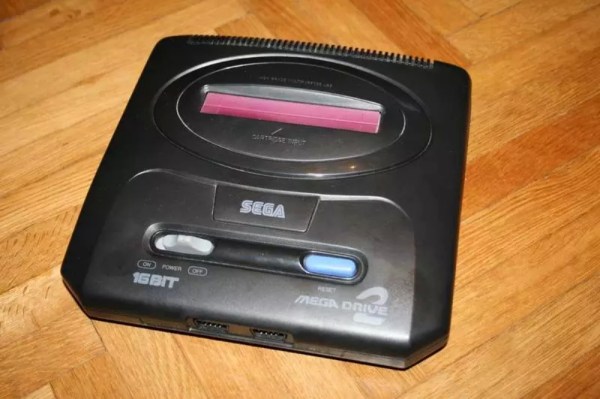The Nintendo Entertainment System, or Famicom depending on where in the world you live, is a console that occupies a special place in the hearts of people of a certain age. If you lived in a country that Nintendo didn’t ship its consoles to in the late ’80s and early ’90s though, you might think that it would be an experience that would have passed you by. Eastern Europeans for instance didn’t officially meet Mario for years.
![A Pegasus NES clone. Ktoso the Ryba [Public domain], via Wikimedia Commons.](https://hackaday.com/wp-content/uploads/2016/10/pegasus_consolepadgame.jpg?w=400)
In Poland, [phanick] wanted to recreate his youth by building his own clone console (Polish Language, English translation via Google Translate). His chosen target was the Pegasus, the Taiwanese NES clone that was the must-have console for early ’90s Poles.
But he wasn’t just satisfied with building a Pegasus clone. Along the way the project expanded to include support for 72-pin NES cartridges as well as the 60-pin Pegasus ones, and the ability to play both PAL and NTSC games. For this dual-system support he had to include both sets of processor and graphics chip variants, along with logic to switch between them. He goes into some detail on the tribulations of achieving this switch.
The result is a very impressive and well-executed piece of work. The PAL games have a letterbox effect with black bars at top and bottom of the screen, while the NTSC games have slightly washed-out colours. But if you were a gamer of the day you’ll see these as simply part of the genuine experience.
He’s posted a descriptive video which we’ve embedded below the break, but with non-English commentary. It is however still worth watching even without understanding the audio, for its view of the completed board and gameplay.













